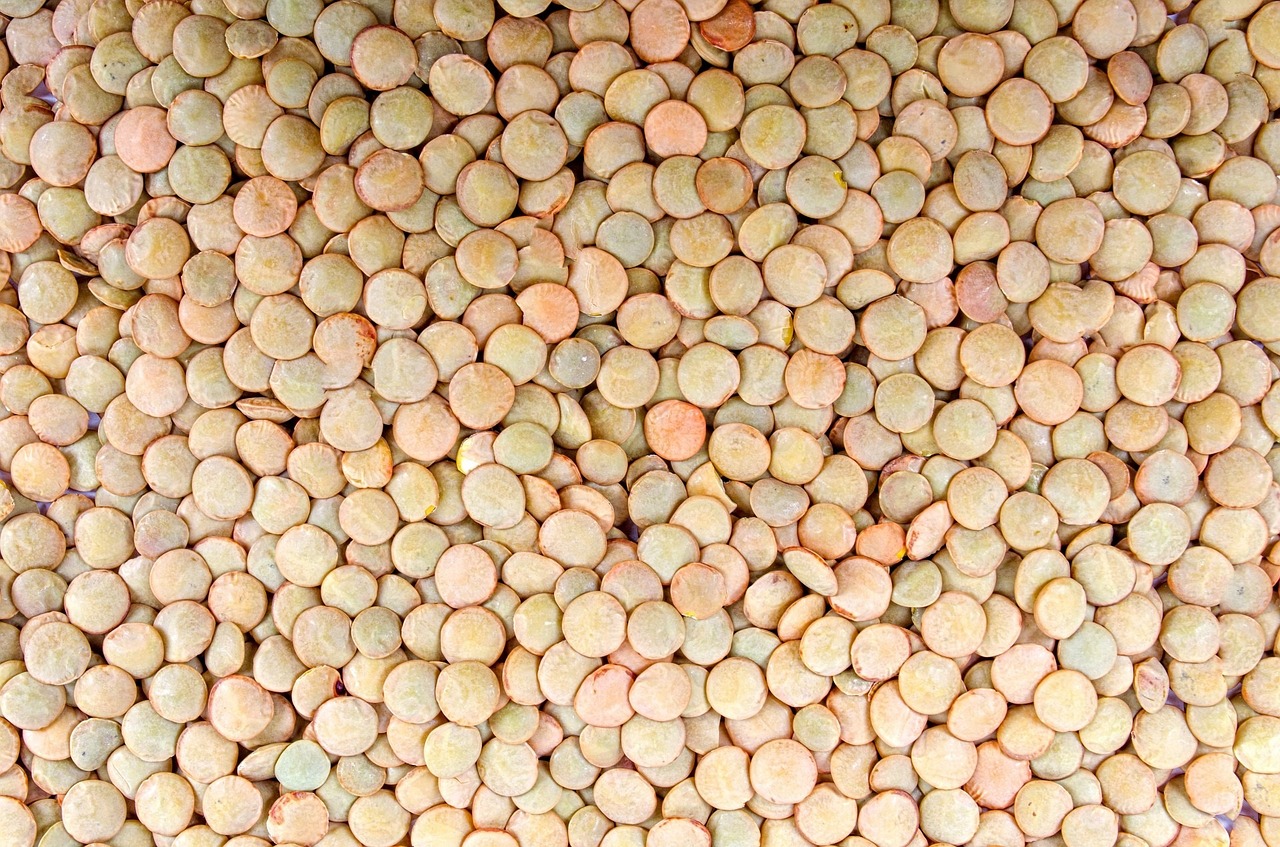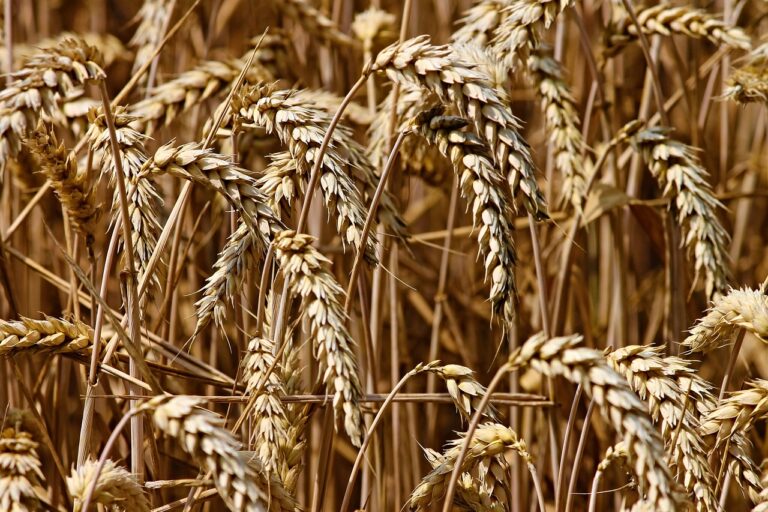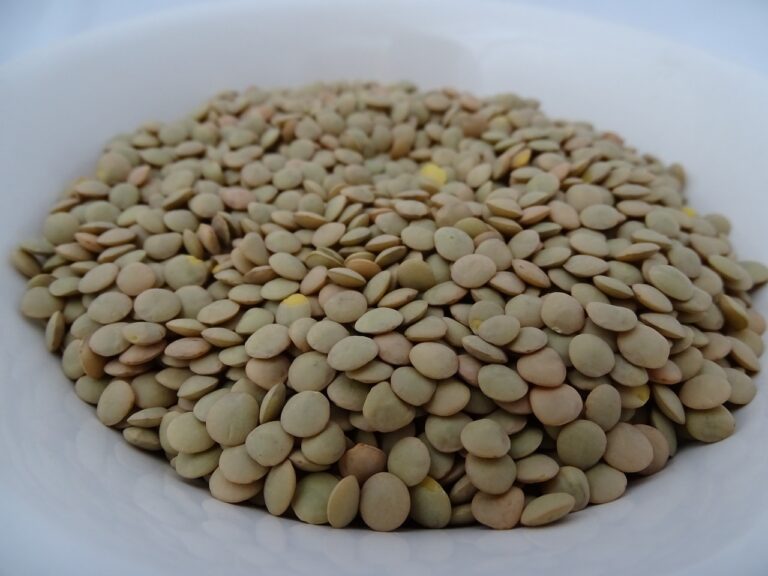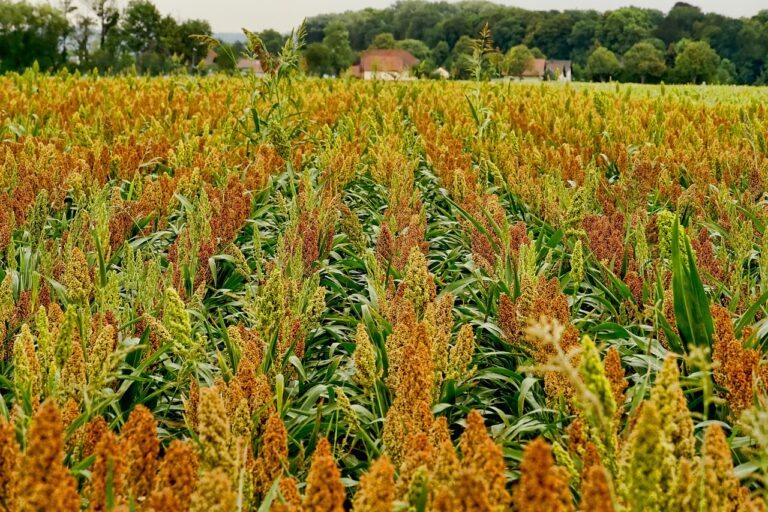Where Is Kamande Grown In Kenya?
Have you ever tasted Kamande, the small, white kidney bean that is a staple food in Kenya? Lovers of Kenyan cuisine know how important kamande is in our daily meals.
Kamande has a unique flavor and texture that make it stand out from other beans. However, the mystery lies in where exactly it is grown.
A Brief Overview of Kamande
Kamande is a type of legume that belongs to the Phaseolus vulgaris family. They grow on climbing vines and are usually harvested when they are mature but still green.
The beans are then boiled or steamed until they become soft. Once cooked, they can be served alone or mixed with other foods like rice, maize, and potatoes.
Importance in Kenyan Cuisine
Kamande is an integral part of Kenyan cuisine and culture. It’s commonly eaten by both rural and urban communities throughout Kenya as it’s affordable and readily available. Kamande pairs well with other traditional foods such as ugali, sukuma wiki (collard greens), nyama choma (roasted meat), among others.
Thesis Statement: Where exactly is Kamande grown?
Despite its popularity in Kenya’s cuisine, very little information exists about where kamande originates from or where it’s grown within the country. In this article, we will explore the regions where kamande commonly grows–Central Region, Western Region,and Coastal Region–the climate and soil conditions required for successful cultivation,and traditional methods used to process kamande after harvesting.This information will shed some light on one of Kenya’s most loved staple foods – “Kamande”.
What is Kamande?
Kamande is a Kenyan legume that is widely consumed across the country. It is a type of bean, and it can be cooked in various ways to make different dishes.
Kamande comes in different colors, but the most common are brown and white. It has a unique texture and flavor that distinguishes it from other beans.
Definition of Kamande
Kamande is also known as the pigeon pea or Congo pea. It belongs to the family of legumes, which includes beans, lentils, and peas.
The scientific name for kamande is Cajanus cajan, and it originated from India. However, it was introduced to Kenya by the British during the colonial period.
Nutritional value and health benefits
Kamande is a rich source of protein, fiber, vitamins, and minerals. It contains essential nutrients such as iron, potassium, magnesium, phosphorus, folate, and vitamin C. Regular consumption of kamande can help improve digestion, boost immunity, regulate blood pressure levels and prevent certain diseases such as cancer.
Furthermore, kamande has low levels of fat and cholesterol compared to animal proteins like beef or chicken which makes it an ideal alternative protein source for vegetarians or people looking to reduce their meat intake. ,kamande offers numerous health benefits which make it an excellent addition to any diet.
Where is Kamande grown in Kenya?
Overview of the regions where Kamande is commonly grown
Kamande, a type of pigeon pea, is a staple food in Kenya, commonly used in stews and porridges. It has been cultivated for centuries and can be found all over the country.
However, there are specific regions where it grows best due to their climate and soil conditions. The three main regions where Kamande is commonly grown are the Central Region, Western Region, and Coastal Region.
Climate and soil conditions required for successful cultivation
Successful cultivation of Kamande requires specific climate and soil conditions. It thrives in areas with warm temperatures ranging from 20-30°C (68-86°F) and well-draining soils with a pH range of 6-7.5.
In addition to good drainage, the soil should also be fertile with adequate nitrogen levels. The Central Region has a cool climate with average temperatures ranging from 10-25°C (50-77°F) which makes it ideal for growing Kamande.
The region also has fertile soils that are rich in nutrients such as nitrogen which is essential for optimal growth. The Western Region has a warm tropical climate with rainfall averaging between 800-2000mm per year making it another ideal region for growing kamande.
The soils here have high organic matter content which enhances its fertility allowing crops to grow optimally. The Coastal Region experiences hot and humid weather throughout the year as well as heavy rainfall that favors crop production making this region another hotspot for kamande cultivation.
The sandy soils along the coast make them suitable for kamande farming since they drain well preventing waterlogging that could lead to crop damage or death. Overall, knowing where your food comes from is important not only because it fosters appreciation of local food systems but also because it helps us appreciate the work of farmers who dedicate their lives to produce the food that sustains our lives.
Exploring the regions where Kamande is grown in Kenya
The Central Region
The Central Region of Kenya is known for its fertile land and mild climate, making it an ideal location for Kamande cultivation. The region experiences moderate rainfall throughout the year, providing adequate water supply for plant growth.
The soil in this region is red volcanic soil, which is rich in nutrients and promotes healthy crop growth. Some specific areas within the Central Region that are known for growing Kamande include Nyeri, Kirinyaga, and Murang’a.
The Western Region
The Western Region of Kenya has a tropical climate with high rainfall throughout the year, making it another conducive location for Kamande cultivation. The region has rich alluvial soils that are ideal for growing Kamande. Some specific areas within this region known for growing Kamande include Kakamega, Bungoma, and Busia.
The Coastal Region
The Coastal Region of Kenya has a hot and humid climate that makes it challenging to grow certain crops. However, some parts of this region have been able to successfully cultivate Kamande due to their favorable conditions. The coastal strip areas have sandy soils which are well-drained and retain moisture well; these soils provide excellent conditions for growing kamande.
Specific areas where kamande can be reliably grown include Kilifi County (Kaloleni Divison) which border Landimawe forest reserve Understanding where Kamande is grown across these regions helps us appreciate how Kenyan farmers work hard to produce the staple food we enjoy daily on our plates!
Harvesting and Processing Kamande
Overview of How Farmers Harvest Their Crops
Kamande is typically harvested by hand, as it is a delicate crop that requires careful handling to prevent damage. The farmer will wait until the pods have turned yellow and begin to dry out, indicating that the beans inside are mature and ready for harvesting.
They will then gently remove the pods from the plant and carefully open them up to extract the beans inside. It’s important for farmers to choose the right time to harvest their Kamande, as harvesting too early can result in beans that are underdeveloped and lack flavor, while harvesting too late can lead to overripe beans that are dry and tough.
Traditional Methods Used to Process Kamande After Harvesting
Once harvested, Kamande is usually dried in the sun or on a raised platform in a well-ventilated area. This drying process helps remove excess moisture from the beans, which can cause them to spoil if not properly dried. After drying, the outer shell of each bean must be removed before they can be cooked or ground into flour.
This is typically done by hand using traditional methods such as pounding or grinding with mortar and pestle. Despite modern technology being available today for processing kamande faster than ever before, many farmers still use traditional techniques because they believe it produces better quality kamande with superior flavor profile.
Conclusion
In this essay, we have explored the importance of Kamande in Kenyan cuisine and delved into where this staple food is grown. We defined Kamande and discussed its nutritional value, as well as highlighted the specific regions where it is commonly cultivated such as Central Region, Western Region, and Coastal region. We also touched on traditional methods used to process Kamande after harvesting.
It’s crucial to understand where our food comes from because we can make informed decisions about what we eat. By knowing the origin of our food, we can be sure that it has been produced sustainably and ethically. We can also support local farmers who are working hard to provide us with fresh produce.
Understanding the source of our food empowers us to make choices that positively impact not only our health but also the environment and local economy. Kamande is an essential part of Kenyan cuisine, and it’s interesting to learn about its origin and how it’s grown.
Understanding where our food comes from is crucial in making informed decisions that benefit both ourselves and others around us. By supporting local farmers growing Kamande within each region, we can contribute towards a sustainable future for Kenyan agriculture while enjoying a healthy diet rich in nutrients provided by this staple crop.






LENTIL ARE GOOD BEAN OUR FARMER WANT TO GROW IN NAROK SOUTH.